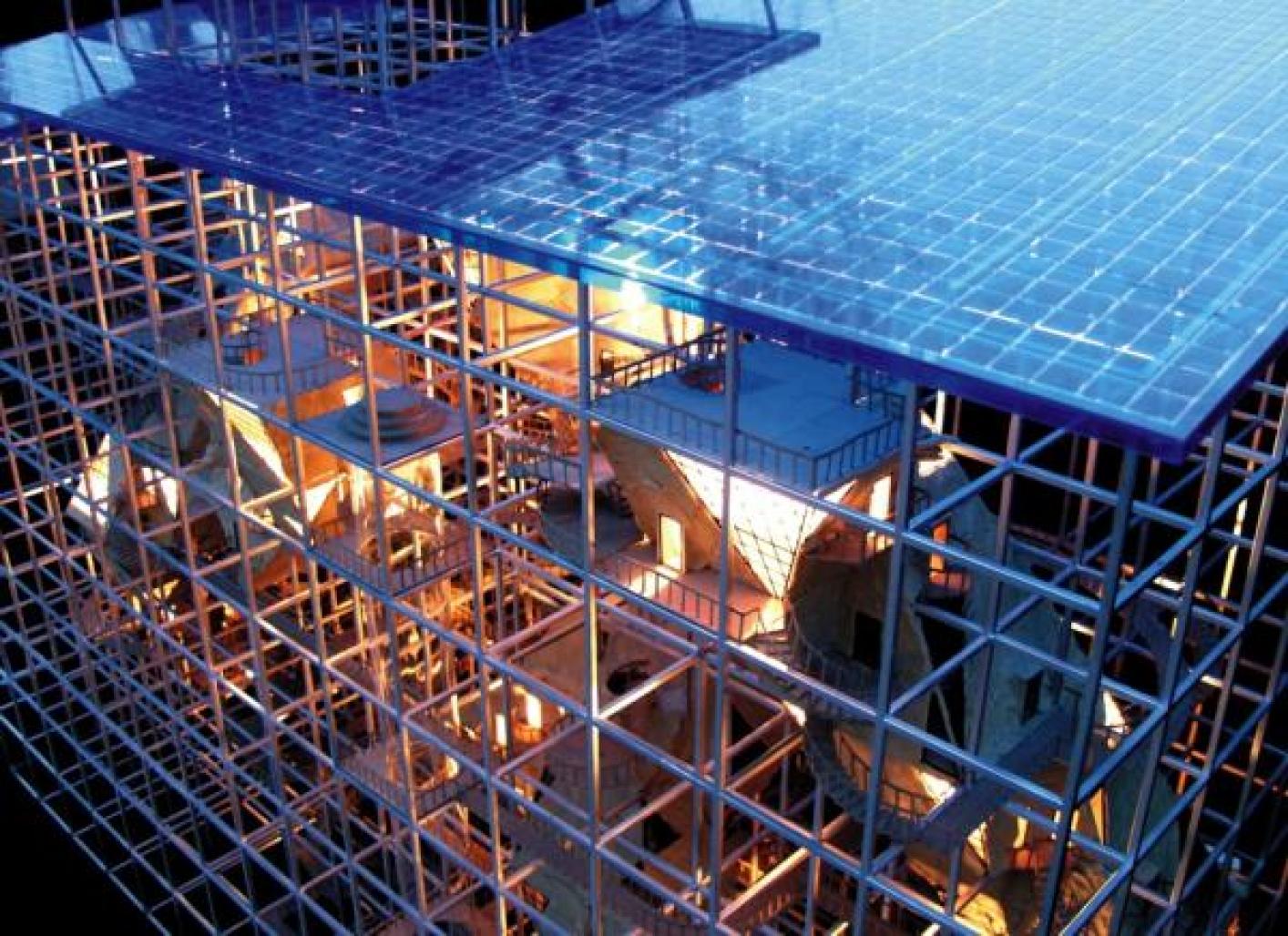Cellular clay multifamily habitation
Historical reference
The technology of ground house-building is known during more than 9 thousands years. In Turkmenistan scientists discovered houses, made of ground bricks, bearing a date of 8-6 thousand years B.C. In Assyria cob beddings were discovered, that were built in 5th millennium B.C. In all ancient civilizations clay soil was used not only for construction of dwellings, but also for building religious and public buildings {Ramses temple in Egypt, religious buildings in Persia and Assyria}.
The Great Chinese Wall, which is already 4000 years old, at first was completely cobwork. Later it was faced with stone, therefore it seems to be built of stone. The Mexican pyramid temple of the Sun God, built in 300-900 y.y. C.E. is constructed of rammed clay mass and has weight of 2 million tons. In arid, timber-poor regions, many years ago vaulted and dome-shaped constructions were built without casing using adobe bricks. Nowadays clay is widely used in building in Asian countries. 20 millions of Chinese citizens are living in earth-houses and caves.
Discoveries of the Bronze Age indicate that clay was widely used for construction not only in Asian countries, but also in Europe. Here it was combined with timber, forming clay-wicker, clay double-bank, clay walls in half-timbered houses. The most ancient walls, made of clay brick were discovered in Fortehaikenburg {Germany} in the vicinity of the Constans Lake. Adobe constructions were widely-spread almost in all pre-Columbus civilizations, existed at the territories of Mexico, Central and Southern America.
Advantages of clay-adobe materials.
a} One of the most obvious advantages of clay-adobe materials is their low price and availability. Indeed, ground is one of the few materials that passes to us at no cost when we are buying a site, moreover, it’s price doesn’t depend on the extent of ground suitability for building purposes. Usage of the subsoil ground for construction allows to avoid expensive and time consuming material transportation, which, in addition, intensifies pollution of the environment. Usually creation of artificial landscape, engineering services laying and other earth works produce enough upcast to build a new house and achieve zero balance of the earth works. At the same time degradation of landscape is decreasing, as well as ecological disturbance, because centralized mining of rock products is decreased.
b} Clay-adobe materials balance air moisture indoors – this means, that they are able to absorb and weep faster and in larger volumes than other building materials. Thus they are creating favourable microclimate indoors. Experiments showed that in case of relative humidity leap from 50% to 80%, mudbricks during 2 days absorbed 30 times more moisture than burnt bricks. In that way healthy microclimate with lower humidity at summer time and higher at winter is created indoors.
c} Clay-adobe walls {especially if they are bigger than 50cm} accumulate heat. Owing to this healthy climate is created indoors – high temperature leaps outside have small effect on the relatively regular temperature inside.
d} Clay-adobe compartments reduce environmental pollution. For the purpose of excavation, transportation, processing of clayey grounds and production of building materials without burning only 1% of energy, necessary for production of burnt bricks or reinforced concrete is consumed. Consequently, environmental pollution level in this case is trifling.
e} Clay-adobe materials suit best for construction by someone’s own strength. Technologies of walls construction can be mastered even by amateurs under control of experienced builder. This technologies require cheap hand tools and idea perfectly suitable for building by own strength.
f} Clay-adobe materials can be repeatedly reused. For this purpose they are soaked and after a time compound, ready for casting is received. If the building itself, because of some
2005
2006
Favorited 2 times





.jpg)



